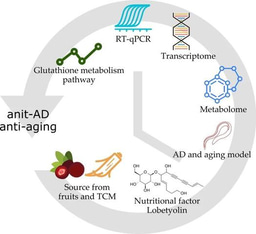Greetings from rainy sunny rainy confused Nuremberg Nürnberg, where I am attending the 3rd EuCheMS meeting. As ChemCafé’s Sebastien Rochat tells us, this is the ‘unpronounceable acronym for European Association for Chemical and Molecular Sciences’. Unfortunately, I arrived even later than Sebastien and thus missed the welcoming speeches, first two plenaries and the reception. Thanks to Air Berlin for that!
EuCheMS is one of those biggish, but not ACS-big, meetings: 7 parallel sessions in a congress centre where you can actually get between rooms relatively quickly and even bump into people you didn’t know were attending. I had planned to spend the day flitting between the ‘Resources and Environment’ and ‘Advances in Organic and Inorganic Chemistry’ sessions, but ended up sticking mainly to the latter, with an unplanned excursion into the ‘Innovative Materials’ programme.
But my thirst for energy chemistry was slaked early on – Michael Grätzel from EPFL gave today’s first plenary on ‘Molecular photovoltaics’. As you can probably imagine, this was a great talk from the guy who invented dye-sensitised solar cells. If you can’t imagine, go and read the Wikipedia page! His obvious excitement came through as he showed picture of some of the applications that they’re starting to find – my favourites were the DSSC walkman (being developed by Sony) and sunglasses. Another highlight was his description of getting schoolchildren to isolate anthocynanine dyes from blackberries to use – and getting a 600 mV output!
My two other highlights from today shared a mechanistic theme. Both Odile Eisenstein and Guy Lloyd-Jones are interested in getting to the bottom of why some catalysts/ligand combinations are better than others. But Eisenstein uses computations guided by experiments while Lloyd-Jones uses experiments guided by computations. Eisenstein’s talk on metathesis chemistry, and the importance of the coordination of the alkene to the metal centre, and Lloyd-Jones’ on palladium-catalysed biaryl couplings, showed that optimisation might not just be a case of slogging through reactions, but can be guided by insights.
Finally, if you’re reading from EuCheMS, do drop by our stand (booth 27) in the expo to spin the ‘wheel of fortune’ to win a range of prizes! Anything from pens to journal subscriptions to a Flip Video.
Neil
Neil Withers (Associate Editor, Nature Chemistry)





Please sign in or register for FREE
If you are a registered user on Research Communities by Springer Nature, please sign in